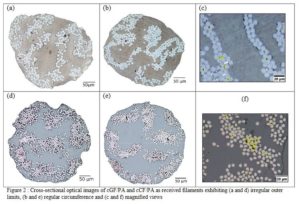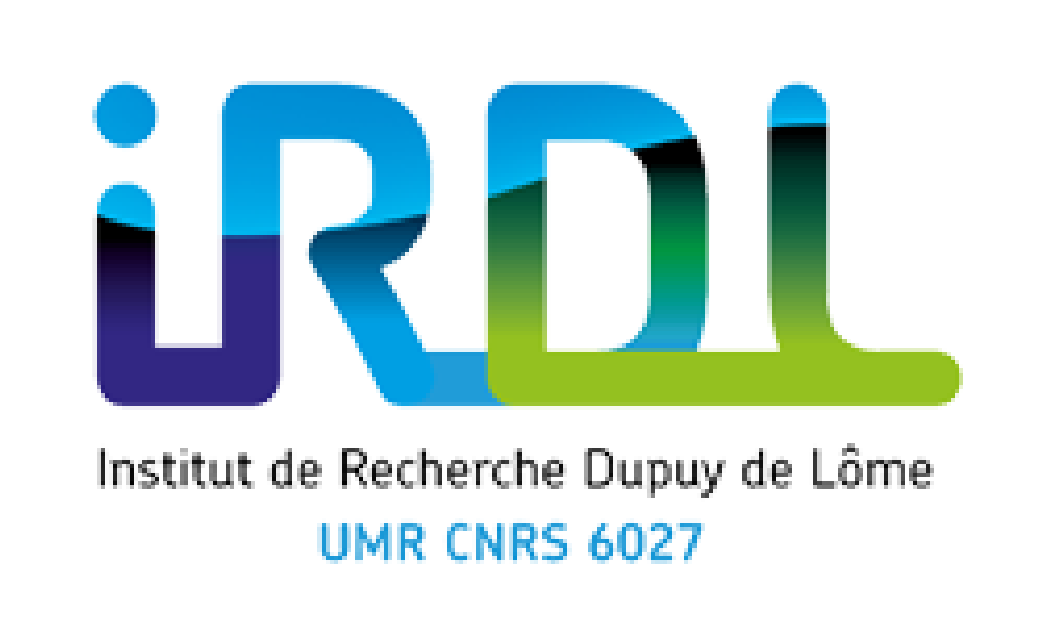Optimal operational planning of scalable DC microgrid with demand response, islanding, and battery degradation cost considerations
Muhammad Fahad Zia, Elhoussin Elbouchikhi, Mohamed Benbouzid, Applied Energy, Volume 237, 1 March 2019, Pages 695-707
 With the advancements in power electronic devices, the increasing use of DC loads, DC renewable generation sources and battery storage systems, and no reactive power and frequency stability issues, DC microgrids are increasingly gaining attention in both academia and industry. In this paper, a grid-connected DC microgrid is considered, which consists of a PV system and a Li-ion battery. DC microgrids optimal operation requires battery degradation cost modeling and demand response incentive for active consumers’ participation to be addressed in detail. Therefore, a practical degradation cost model for a Li-ion battery is developed to optimize battery scheduling and achieve its realistic operational cost. Apart from energy price, scheduled islanding responsive demand response incentive is also introduced to encourage customers to shift load during scheduled grid-tie line maintenance. Levelized cost of energy of PV system is calculated for both hot and cold climate regions. Optimal operation of DC microgrid cannot be achieved without considering nodal voltages and system losses. Hence, network constraints are also included in the proposed model. Extensive numerical simulations are carried out to prove the effectiveness of the proposed approach. The achieved results would aid in DC microgrids adoption planning that would expectedly replace traditional AC grids in the future.
With the advancements in power electronic devices, the increasing use of DC loads, DC renewable generation sources and battery storage systems, and no reactive power and frequency stability issues, DC microgrids are increasingly gaining attention in both academia and industry. In this paper, a grid-connected DC microgrid is considered, which consists of a PV system and a Li-ion battery. DC microgrids optimal operation requires battery degradation cost modeling and demand response incentive for active consumers’ participation to be addressed in detail. Therefore, a practical degradation cost model for a Li-ion battery is developed to optimize battery scheduling and achieve its realistic operational cost. Apart from energy price, scheduled islanding responsive demand response incentive is also introduced to encourage customers to shift load during scheduled grid-tie line maintenance. Levelized cost of energy of PV system is calculated for both hot and cold climate regions. Optimal operation of DC microgrid cannot be achieved without considering nodal voltages and system losses. Hence, network constraints are also included in the proposed model. Extensive numerical simulations are carried out to prove the effectiveness of the proposed approach. The achieved results would aid in DC microgrids adoption planning that would expectedly replace traditional AC grids in the future.
Hygromechanical properties of 3D printed continuous carbon and glass fibre reinforced polyamide composite for outdoor structural applications
G.Chabaud, M.Castro, C.Denoual, A.Le Duigou, Additive Manufacturing, Volume 26, March 2019, Pages 94-105
The additive manufacturing of structural composites is a disruptive technology currently limited by its moderate mechanical properties. Continuous fibre reinforcements have recently been developed to create high performance composites and open up encouraging prospects. However, to increase their use, deeper understanding of the relationship between process and induced properties remains necessary. In addition, to apply these materials to engineering applications, it is of high importance to evaluate the effect of environmental conditions on their mechanical performances, particularly when moisture-sensitive polymer is used (PolyAmide PA for instance) which is currently lacking in the literature.
This present article aims to investigate in more detail the relationship between the process, the mechanical behaviour and the induced properties of continuous carbon and glass fibres reinforced with a polyamide matrix manufactured using a commercial 3D printer. In addition, their hygromechanical behaviour linked to moisture effect is investigated through sorption, hygroexpansion and mechanical properties characterization on a wide range of relative humidity (10–98% Relative Humidity RH).
The printing process induces an original microstructure with multiscale singularities (intra/inter beads porosity and filament loop). Longitudinal tensile performance shows that the reinforcing mechanism is typical of composite laminates for glass and carbon. However, the rather poor transverse properties are not well fitted by the Rule Of Mixture (ROM), thus underlining the specificity of the printing-induced microstructure and an anisotropic behaviour in the material.
Non-negligible (5–6%) moisture uptake is observed at 98% RH, as well as orthotropic hygroscopic expansion of PA/carbon and PA/glass composites. The consequences of various moisture contents on mechanical properties are studied, showing a reduction of PA/carbon stiffness and strength of 25 and 18% in the longitudinal direction and 45 and 70% in the transverse direction. For PA/glass composites, we obtain a reduction in strength of 25% in the longitudinal direction, along with a 80% reduction of stiffness and 45% in strength in the transverse direction. A wetting/drying cycle underlines reversible phenomena in the longitudinal direction and mainly non-reversible degradation in the transverse direction.
Retrouvez la liste des publications
de l’IRDL par année
Règles de signatures des publications à l’IRDL
Les publications scientifiques participent au rayonnement de la recherche produite au sein des universités. Pour une visibilité optimale de l’IRDL, il est essentiel que la signature des publications soit construite selon des règles normalisées.
Le démarrage de l’IRDL en janvier 2016 nous donne l’occasion d’adapter une signature normalisée afin d’obtenir une meilleure exploitation des bases de données (Web of Science, Scopus…) et de renforcer les indicateurs bibliométriques utilisés pour les classements internationaux. Elle est préconisée par l’observatoire des Sciences et Techniques ainsi que par les agences d’évaluation. Le suivi de ces recommandations permettra une meilleure reconnaissance de notre travail et surtout une plus grande visibilité nationale (sans nuire à notre rayonnement international) pour les signatures à la fois dans les revues et dans les conférences.
Règles générales :
- La signature en mode monoligne (par auteur) doit toujours être privilégiée,
- Les accents dans les noms d’affiliation sont à proscrire,
- Les abréviations doivent être privilégiées (Univ. au lieu d’Université). Le terme Univ est retenu car il est court et identique en français et en anglais,
- Les unités CNRS sont identifiées par leur code et non par leur nom.
- Les codes postaux doivent être réduits à ceux de la ville principale (préfecture ou sous-préfecture) et précédés de la lettre F pour France,
- Les noms des pôles et des équipes ne sont pas exploités par les outils de bibliométrie et ne doivent pas apparaître.

